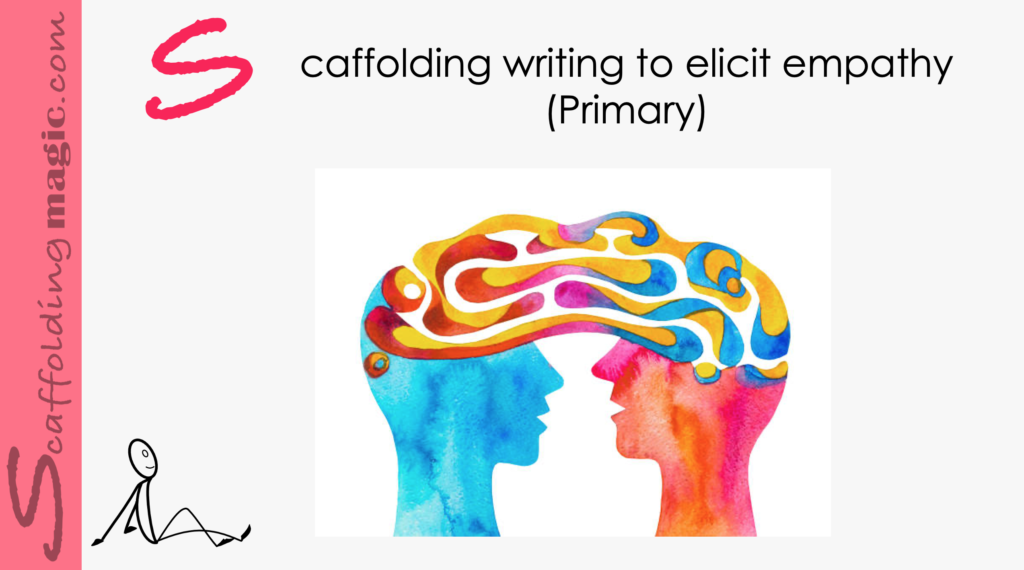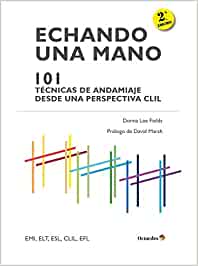You caught a beauty!!!
Download PDF of scaffold here.
theory behind scaffold...
Many language teachers will …………………………………… probably their biggest challenge. However, the act of writing is so beneficial – in any language – that it’s one of the four skills that …………………………………..
Writing is one of the four cornerstone skills of every inclusive educational curriculum. It helps us form our thoughts into coherent verses and communicate over distance and time………………………………..
…………….
The process of sorting through different words, deciding on a structure that reflects our opinions, evaluating opinions in order to retain or discard unnecessary information, a…………………………………. Clear writing is a sign of clear thinking.
When learning languages, the common thinking is that we understand (input) close to 30% more than we can speak (output). If you want some of the biology to explain this, language is processed in a specific area of the brain in the temporal lobe; however, input and output are separated. ………………………………………….. both of these areas are connected by a bundle of axons known as the arcuate fasciculus.
Writing activates the communication between these axons so that input becomes output. So, ……………………………………………..
Myelinated neurons are formed by repetition and intentional use. When this happens, white fat (myeline) forms around them and information flows more ………………………………………
One of our responsibilities as language teachers, especially in this day …………………………………… is to help our students to become more knowledgeable and so more accepting of diversity. This includes giving our students opportunities to see the world through other people’s eyes, whether they have different ………………………………………..
You probably know what’s coming next…
we can use writing to help language to go deeper into our students’ temporal lobes while at the same time giving them opportunities to become more empathetic global citizens.
Not a bad segue, right?!
So, let’s cut to the quick: what is empathy? Empathy is ………………………………………
I want to understand how this feels to you and let you know that…
- …I will try to help.
- …I have been through something similar.
- …I have never felt that way, but I have felt something similar and I will do what I can to help you.
- … you are not alone.
Empathy is different from sympathy in that it goes beyond an intellectual understanding of what someone is experiencing, and into the realm of sensitivity and vulnerability. An empathetic response means ………………………………
Let’s foster the development of empathy through a multi-cultural activity that promotes critical thinking. What do you think?
step by step:
- In their groups, students research the questions in Part I, and answer all of them.
Note: ………………………….
- Students write a dialogue about an imaginary meeting they have with the children………………………………
- The other groups give each presenters feedback according to the four rules of respectful feedback.
- Discuss………………………………………
Example of Lower- and Higher-Order Questions that elicit empathetic responses:

Ukranian children leaving their country
Part I Lower-Order Questions:
- What are the countries that border …………………..?
- What language ………………………..?
- What is the national animal, ………………………?
- Show an image of………………………………………. in the present or in the past.
- How long are ……………………………………………
Part II Higher-Order Questions:
If you were to sit next to these children, how do you think they would answer the following questions:
- What would you most want people to know about ……………?
- When you feel sad, what could help you to change your mood?
- How can you communicate with someone who doesn’t ……………………..?
- If you saw someone in the street…………………..
- What is one thing people p…………………………….?
- How do you show t…………………………………..?


Scaffoldingmagic.com is your entryway into DYNAMIC bilingual learning methodologies, such as Phenomenon-Based Learning, CLIL, EMI, and ESL. You’ll find ways to implement critical thinking tools (DOK) to promote higher level thinking, the growth mindset, instill an ethic of excellence, deep reflection on learning, and all through multi-cultural, interdisciplinary activities. We have the keys to turning competences into action and to creating collective efficacy in your school so you move ahead as a unified, enthusiastic team.






